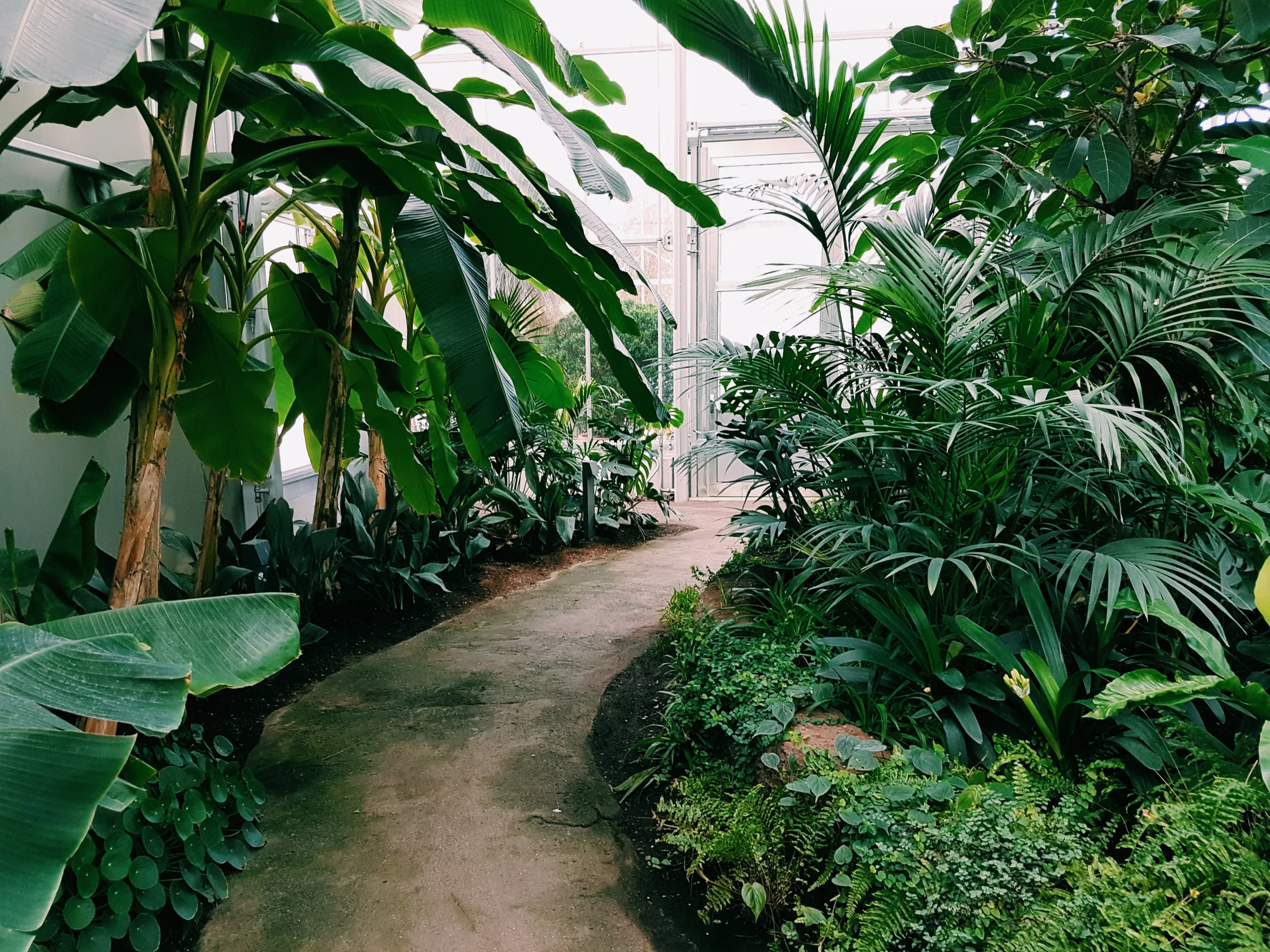Green landscaping, also known as eco-friendly landscaping or sustainable landscaping, refers to practices that preserve resources, safeguard local biodiversity, and mitigate environmental consequences. Researchers have highlighted the numerous environmental benefits of green landscaping, showcasing its positive impact on resource preservation and local biodiversity. It emphasizes the need to cultivate healthy and long-lasting interactions between plants and their environment.
With increased urbanisation and environmental degradation, there is a growing need for environmentally friendly practices in many areas of life, including landscaping. Not only does sustainable landscaping benefit the environment, but it also benefits the local economy and community well-being.
There are several environmental benefits of green landscaping. Some of these include:
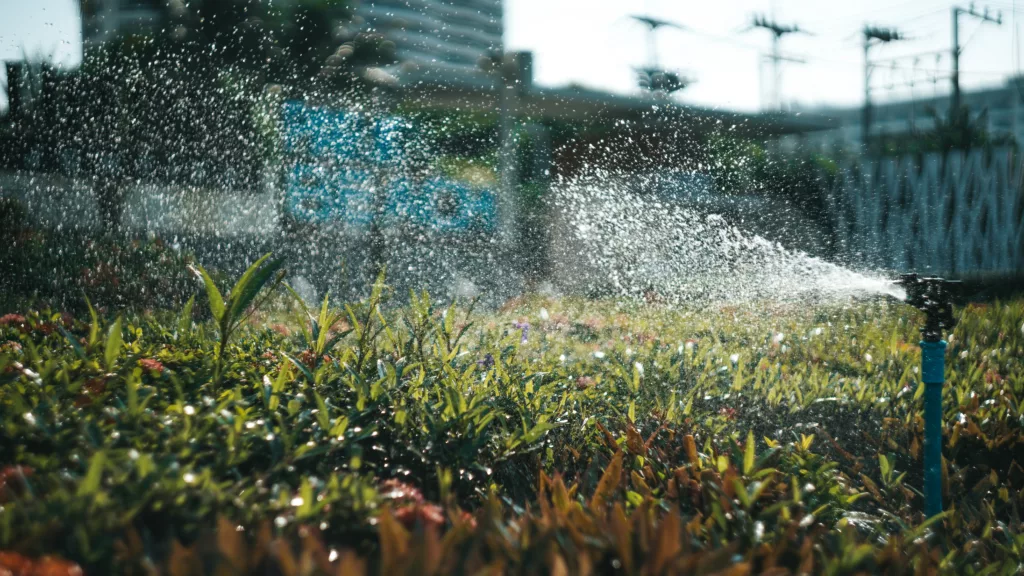
Conservation of Water
Green landscaping encourages effective watering systems, such as drip irrigation and soaker hoses, which reduce water use. These practices aid in the conservation of water, a valuable resource, particularly in drought-prone areas.
Water use in landscaping may be considerably reduced by selecting drought-resistant or native plants that are tailored to the local climate and soil conditions. These plants demand less water than their non-native equivalents, which contributes to the environmental benefits of green landscaping.
Rainwater Collection Systems
Rainwater harvesting devices are frequently used in green landscaping to collect and store rainwater for irrigation. This decreases reliance on municipal water supplies while also preventing runoff and erosion. Although a simple, well-known practice this is one of the most important environmental benefits of green landscaping.
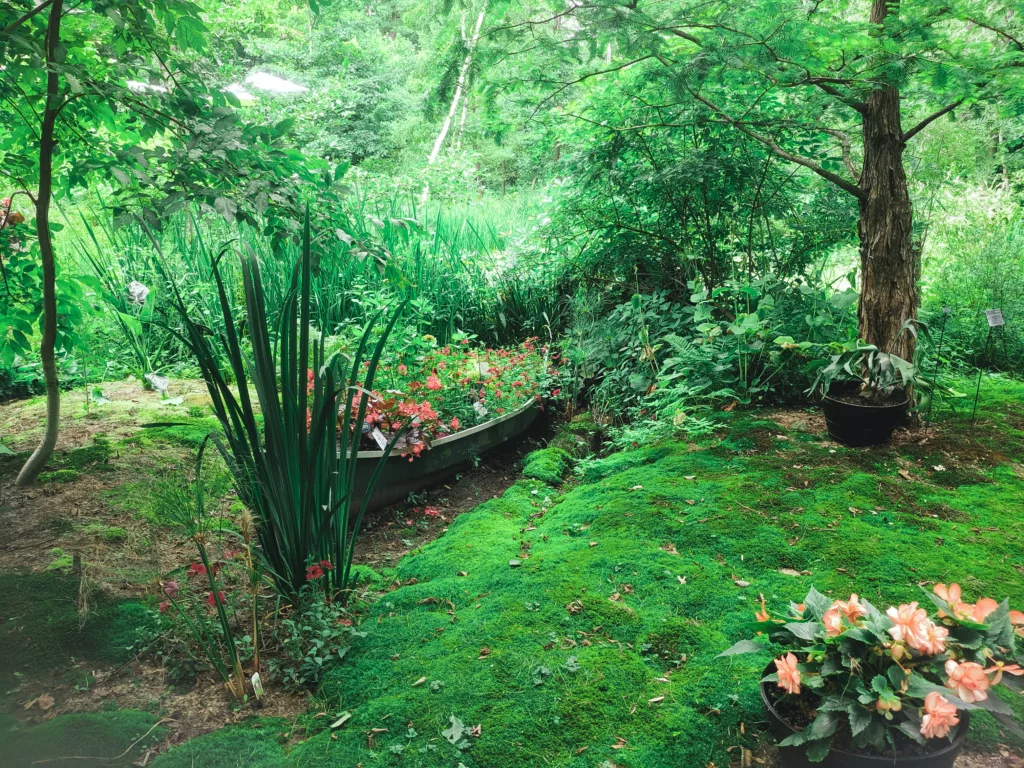
Conservation of Biodiversity
Using native plant species in landscaping helps to preserve biodiversity by providing a habitat for local fauna. These plants are frequently used as food and nesting sites by birds, insects, and other animals.
Native plants also attract beneficial insects and pollinators, both of which are essential to ecosystem functioning. Bees, butterflies, and hummingbirds, for example, pollinate flowers, boosting plant reproduction.
Green landscaping helps to maintain ecological balance and ecosystem health by emulating natural ecosystems. It promotes the growth of a wide range of plant species, lowering the danger of insect infestations and illnesses that might destabilize the environment.
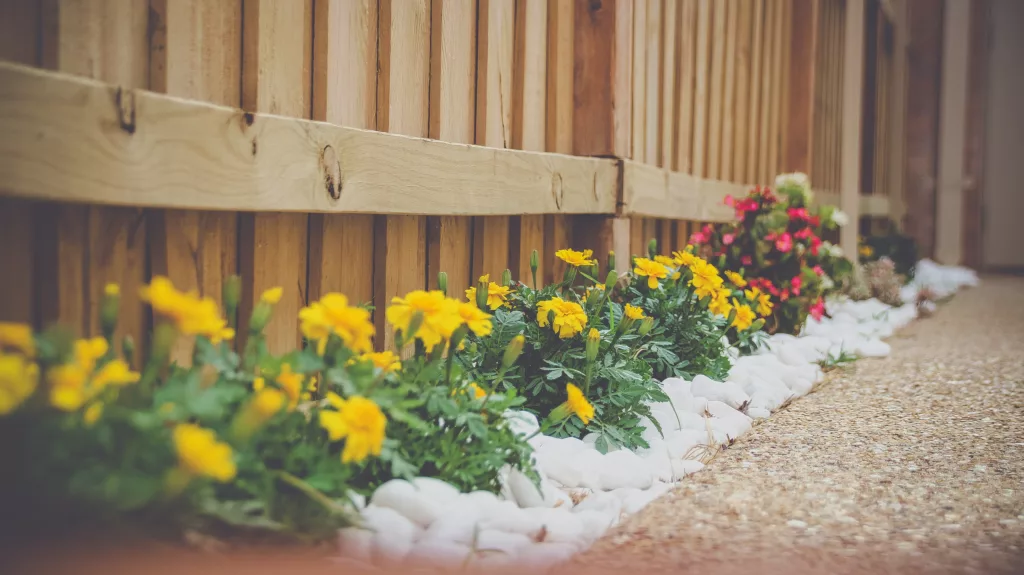
Soil Health and Erosion Control
Composting and using organic mulch, for example, provide nutrients and organic materials to the soil. This leads to healthier, stronger plants and improves
Terracing and the application of ground cover plants may considerably reduce soil erosion, protecting the integrity of the land and reducing the loss of vital topsoil.
Soil stability is improved by planting trees and plants with broad root systems. These root systems hold the soil together, limiting erosion and preserving the structure of the soil.

Enhancing Air Quality
Plants are natural air filters. Pollutants such as sulphur dioxide and carbon monoxide are absorbed, allowing us to breathe cleaner air. This is one of the most essential green landscaping and air-purifying plants.
Photosynthesis allows plants to absorb carbon dioxide, a greenhouse gas, from the environment. Green landscaping contributes to climate change mitigation by decreasing CO2 levels in the atmosphere.
Trees, in particular, are excellent carbon sequestrants (storers). They absorb CO2, store it, and then release it back into the environment. Urban forests and groomed lawns may function as significant carbon sinks, assisting in the development of climate-friendly landscaping practices.

Climate Change Mitigation
Green landscaping can help to reduce the urban heat island effect, which occurs when cities are much warmer than surrounding rural regions. Trees and plants chill the environment by shading surfaces and evaporating moisture.
Green landscapes in urban areas can help to decrease temperatures. Parks, gardens, and even green roofs or walls can provide cooling benefits, increasing people’s comfort and decreasing the demand for air conditioning.
Plants have an important part in microclimate management. They create more pleasant and sustainable living situations making them one of the most important environmental benefits of green landscaping.
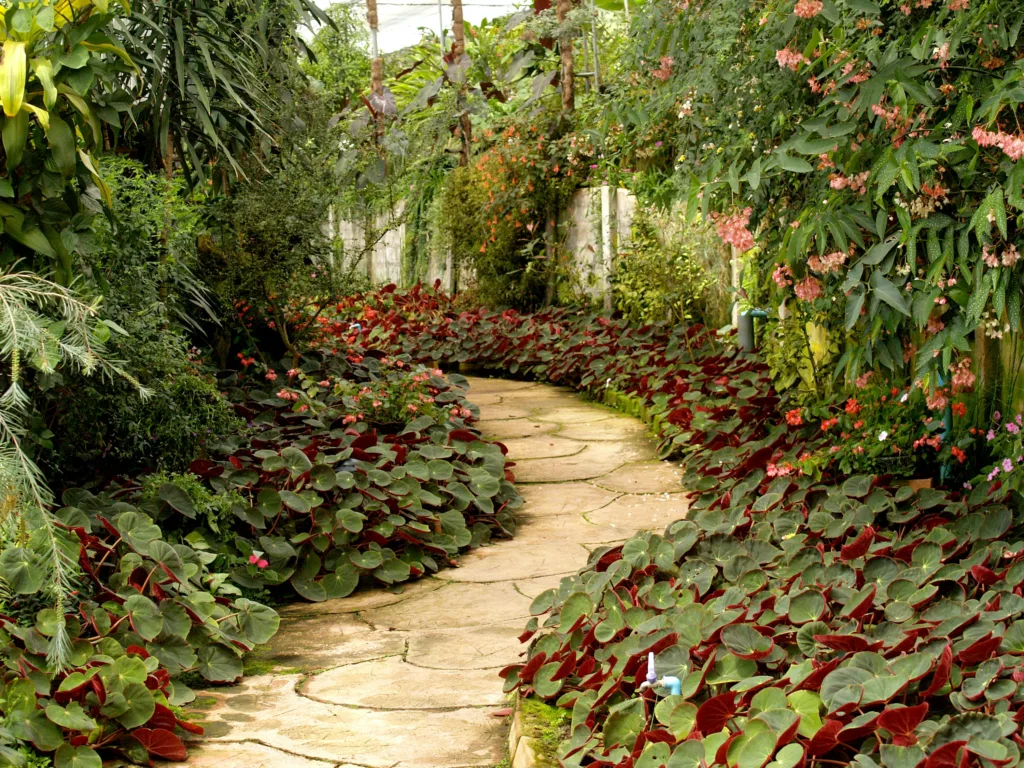
Stormwater Management
Green landscapes that are properly constructed can help prevent runoff and floods. Water can permeate the soil through permeable pavement and rain gardens, decreasing runoff and enhancing groundwater recharge.
Landscapes may enhance water quality by filtering runoff. Plants and soil microbes degrade contaminants, preventing them from reaching bodies of water.
Detention basins and bioswales are landscape components that are intended to regulate runoff, filter pollutants, and promote rainwater infiltration. They are essential components contributing to the environmental benefits of green landscaping.
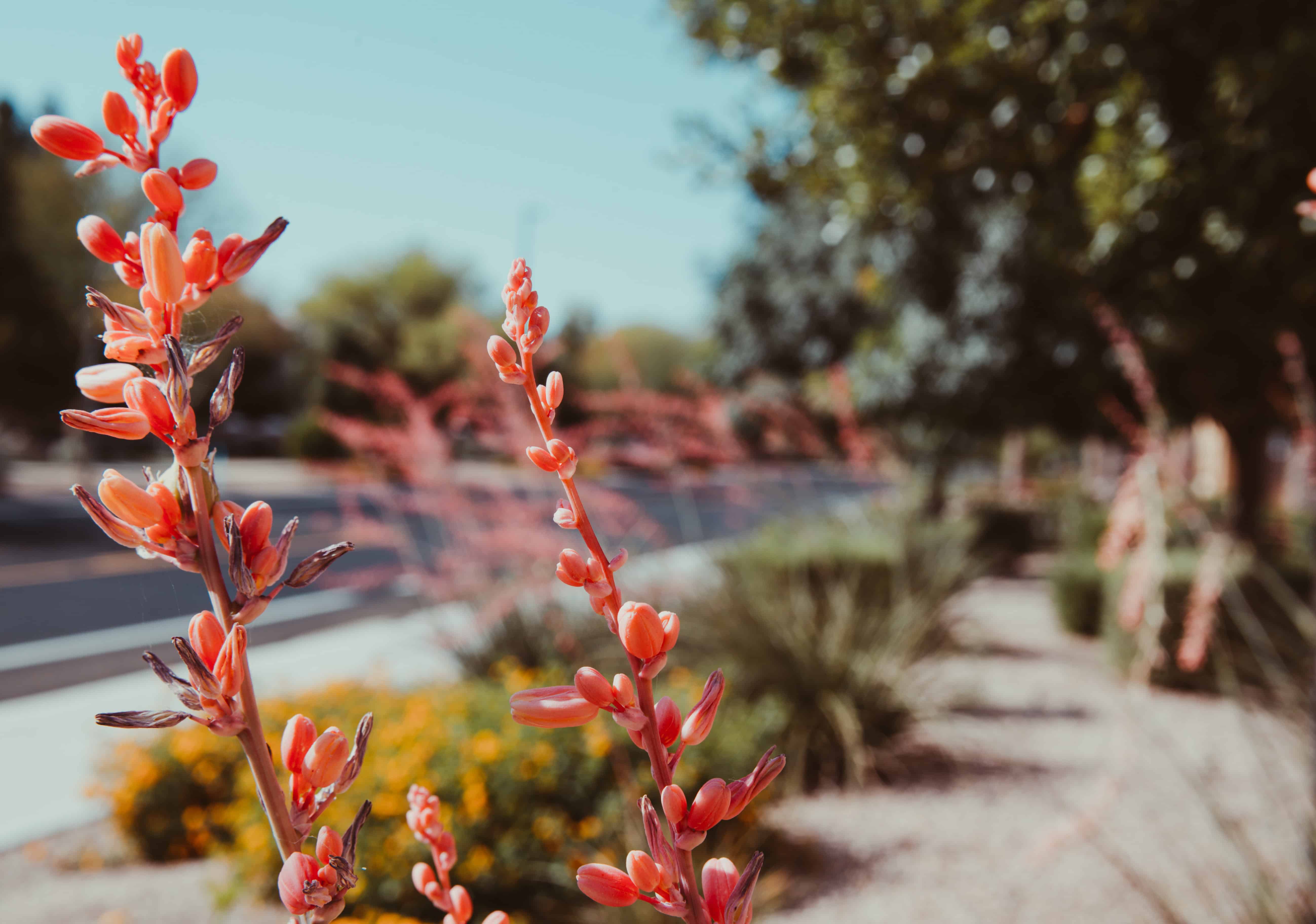
Energy Conservation
Trees and bushes strategically planted may shade buildings, decreasing the demand for air conditioning and thereby saving energy use. This exemplifies the benefits of eco-friendly landscaping in terms of energy efficiency.
Windbreaks, which are trees and bushes placed to block wind, can help cut heating costs during the winter. They protect dwellings from the chilly winter winds, saving electricity.
Green landscaping may greatly reduce urban energy consumption, particularly for heating and cooling, by regulating temperatures and lowering wind speed. This is one of the most noticeable advantages of eco-landscaping.
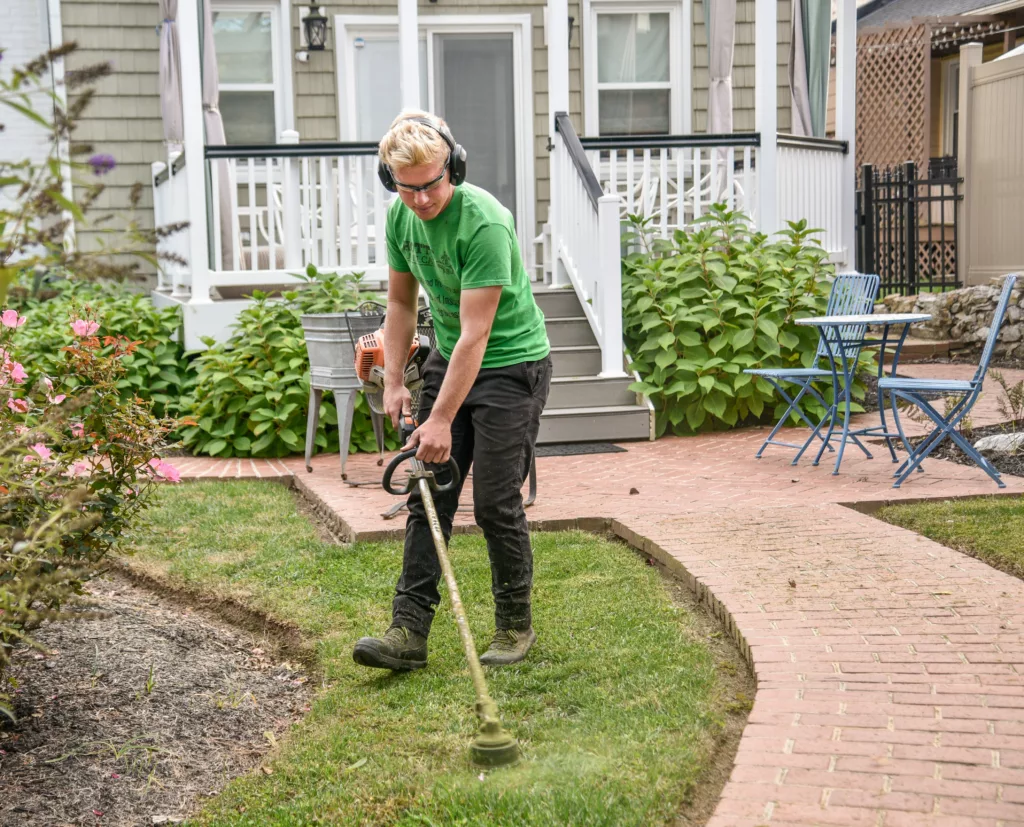
Psychological and Social Advantages of Green Landscaping
Besides the environmental benefits of green landscaping, there are several psychological and social advantages. These include improved mental health, increased community participation, and higher quality of life. The benefits stem from “biophilia”, a word coined by psychologist Edward O. Wilson to describe the natural human attraction to nature. Here are some important psychological and social advantages:
1. Stress Management and Mental Health
Green places have been demonstrated to reduce stress and offer soothing benefits. Simply being in nature can lower your heart rate, blood pressure, and stress hormone production. Furthermore, being in green settings can help ease symptoms of depression and anxiety, as well as improve concentration and memory.
2. Recreational Facilities and Community Involvement
Green spaces promote social cohesiveness and community involvement. They provide places for recreation, exercise, and social contact. Parks, community gardens, and other green areas may serve as gathering places for the community, establishing a sense of belonging and developing social bonds.
3. Property and Aesthetic Values
Green landscaping improves a location’s aesthetic attractiveness, which contributes to a sense of pleasure and happiness. Furthermore, well-maintained green spaces can boost property prices. According to studies, there is a beneficial relationship between closeness to green areas and house values, which may benefit both homeowners and local economies.

4. Therapeutic Advantages
Green landscaping also helps to create therapeutic landscapes, which can be especially useful for vulnerable populations. Therapeutic gardens, for example, in healthcare settings can help patients recover and feel better. Similarly, sensory gardens may help youngsters with special needs learn and develop their senses.
5. Promoting Physical Activity
Green landscaping increases physical exercise, which has well-established mental health benefits, by creating attractive and accessible outdoor settings. Regular physical exercise can help lower the risk of a variety of health disorders, including heart disease, diabetes, and some forms of cancer, as well as anxiety and depression.
6. Educational Opportunities for Environmental Benefits of Green Landscaping
Green areas may also be used as outdoor schools, giving chances for environmental education and encouraging young people to engage with nature. This can result in better academic success as well as a lifetime appreciation for the environment.
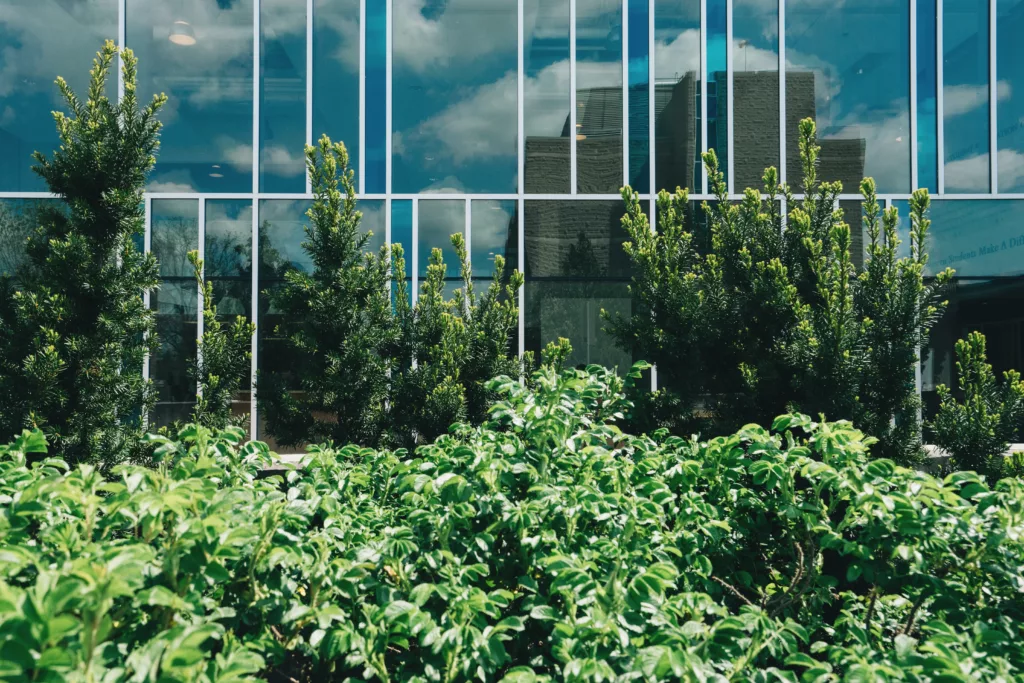
Green Landscaping Techniques and Best Practices
Harness the environmental benefits of green landscaping to create visually pleasing environments while reducing the environmental impact and potential harm to the earth. These techniques focus on using resources efficiently and maintaining ecological balance.
Sustainable Design Principles
Right Plant, Right Place: This principle involves choosing plants that are well-suited to your climate, soil, and sun exposure. By selecting appropriate plants, you can reduce the need for additional water, fertilizers, and pesticides.
Design for Low Maintenance: Sustainable landscapes should be designed to require minimal intervention once established. This could include choosing drought-resistant plants or implementing permaculture techniques.
Efficient Water Use: Consider incorporating xeriscaping, rainwater harvesting, and drip irrigation techniques to conserve water. Using mulch around plants can also help retain moisture.
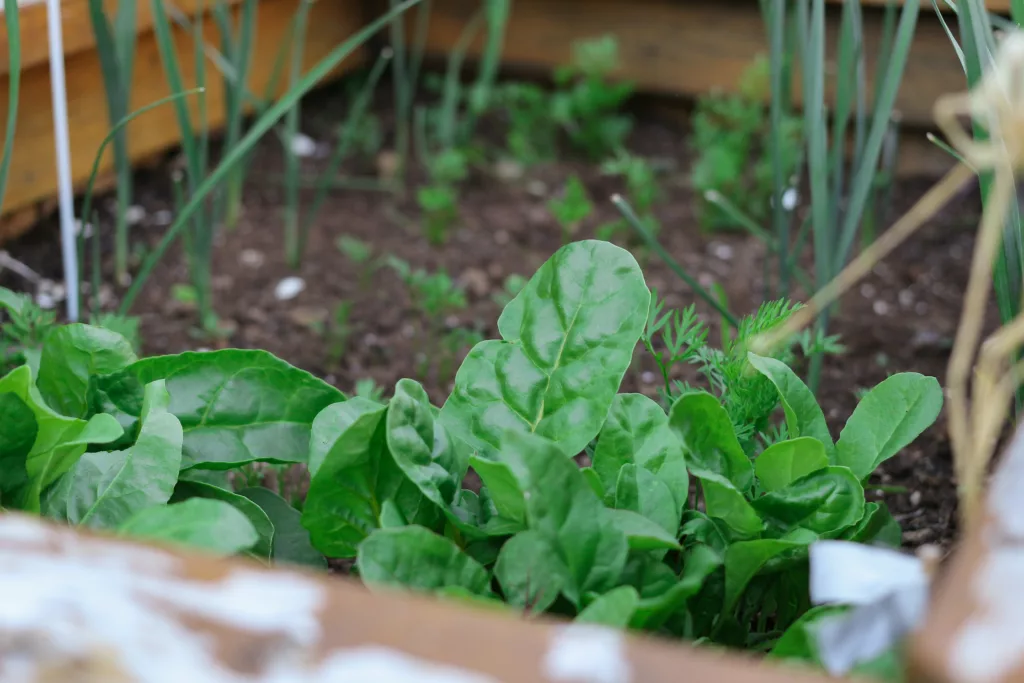
Low-Maintenance Landscaping Tips
Mulch: Mulch helps keep the soil moist, prevents weed growth, and can add nutrients to the soil as it breaks down.
Composting: Composting organic waste creates a rich soil conditioner, reducing the need for synthetic fertilizers.
Pruning: Regular pruning helps keep plants healthy, encourages growth, and maintains the aesthetic of the landscape.
Using Green Landscaping in a Variety of Settings
There are several methods to include green landscaping in your design, whether it’s a backyard garden or a corporate campus.
Incorporate native plants, vegetable gardens, compost bins, and rain barrels into your residential landscaping.
Consider bigger initiatives such as green roofs, permeable pavement, or stormwater retention ponds.

Pollinator gardens, communal food gardens, and instructional signs regarding eco-friendly practises should be implemented in public spaces.
Green walls, tree planting, and small pocket parks can be used in urban spaces to reap the environmental benefits of green landscaping.
By incorporating these techniques and best practices, you can create a beautiful landscape that enhances the aesthetic appeal and value of your property. The environmental benefits of green landscaping promote ecological health and biodiversity while creating spaces for relaxation and recreation. It is an essential part of conservation as well as sustainable living.
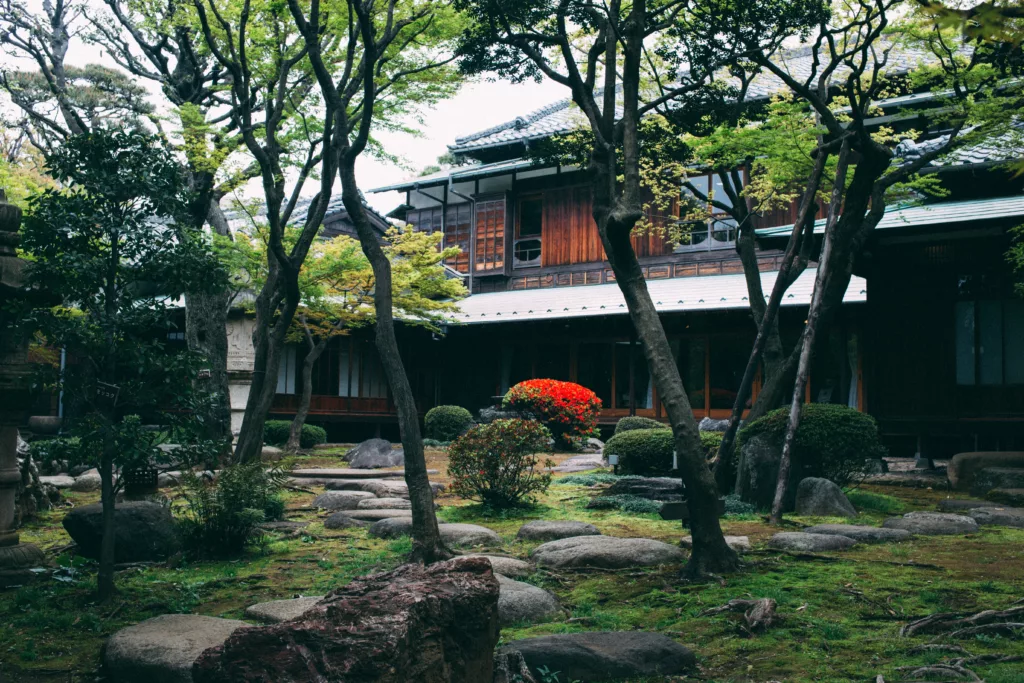
Takeaways!
Green landscaping is an effective environmental protection measure. It can aid in the conservation of water, the preservation of biodiversity, the improvement of soil health, the reduction of air pollution, the regulation of climate, the management of stormwater, the improvement of energy efficiency, and the promotion of psychological and social well-being. The environmental benefits of green landscaping can be reaped when the practice is widely adopted. Green landscaping may be promoted and implemented by individuals, communities, corporations, and governments.
There are several tools available to assist you get started in developing a more sustainable environment. The Environmental Protection Agency (EPA) of the United States offers a variety of materials available on its website, including a guide on green landscaping. The National Wildlife Federation’s website also includes a lot of tools, including a list of native plant species for your area.
Are you passionate about making a positive impact on the environment and embracing a sustainable lifestyle? Our Home & Lifestyle Blogs are your gateway to a greener, more eco-conscious future! Click here to read now!
